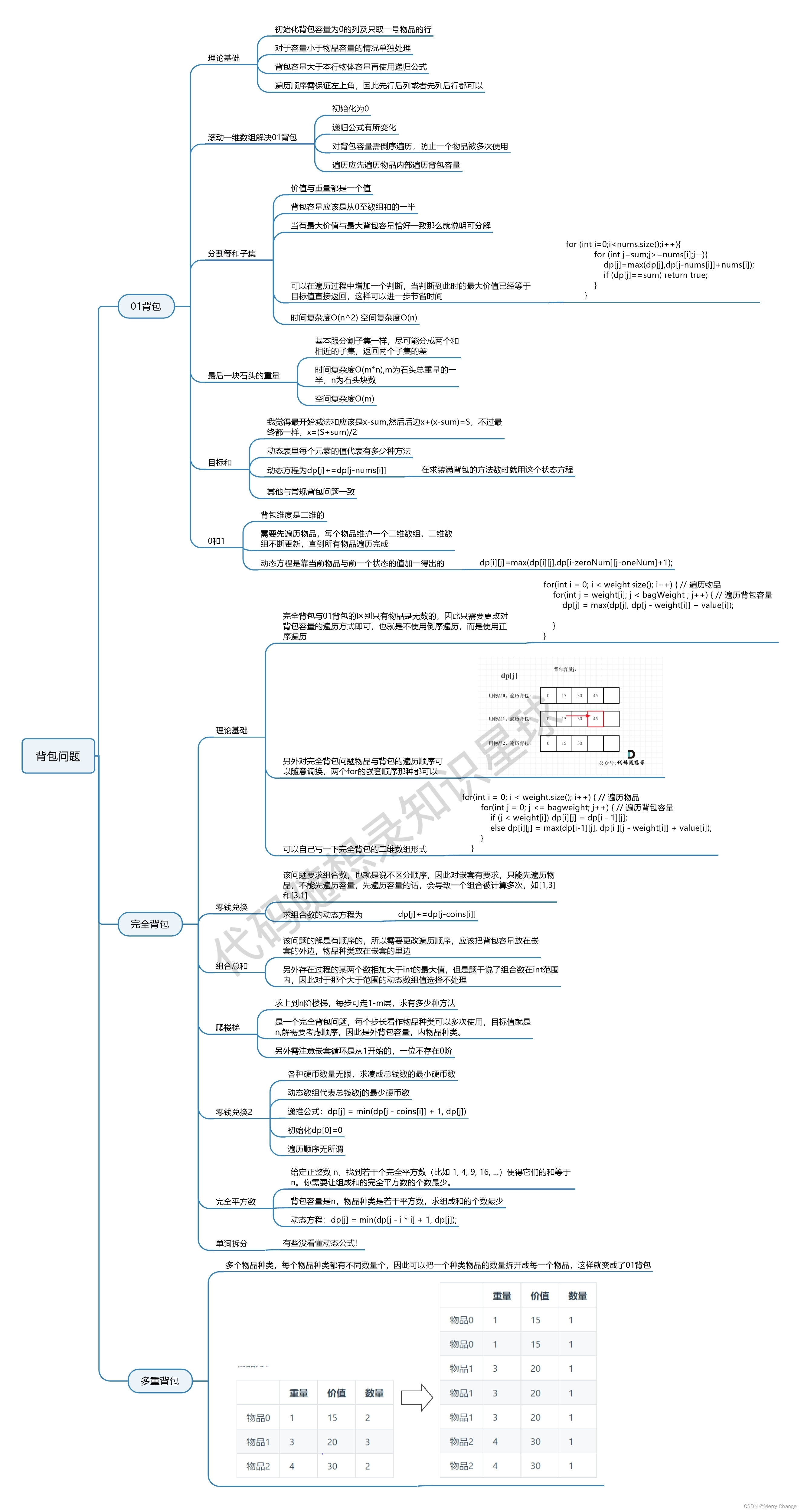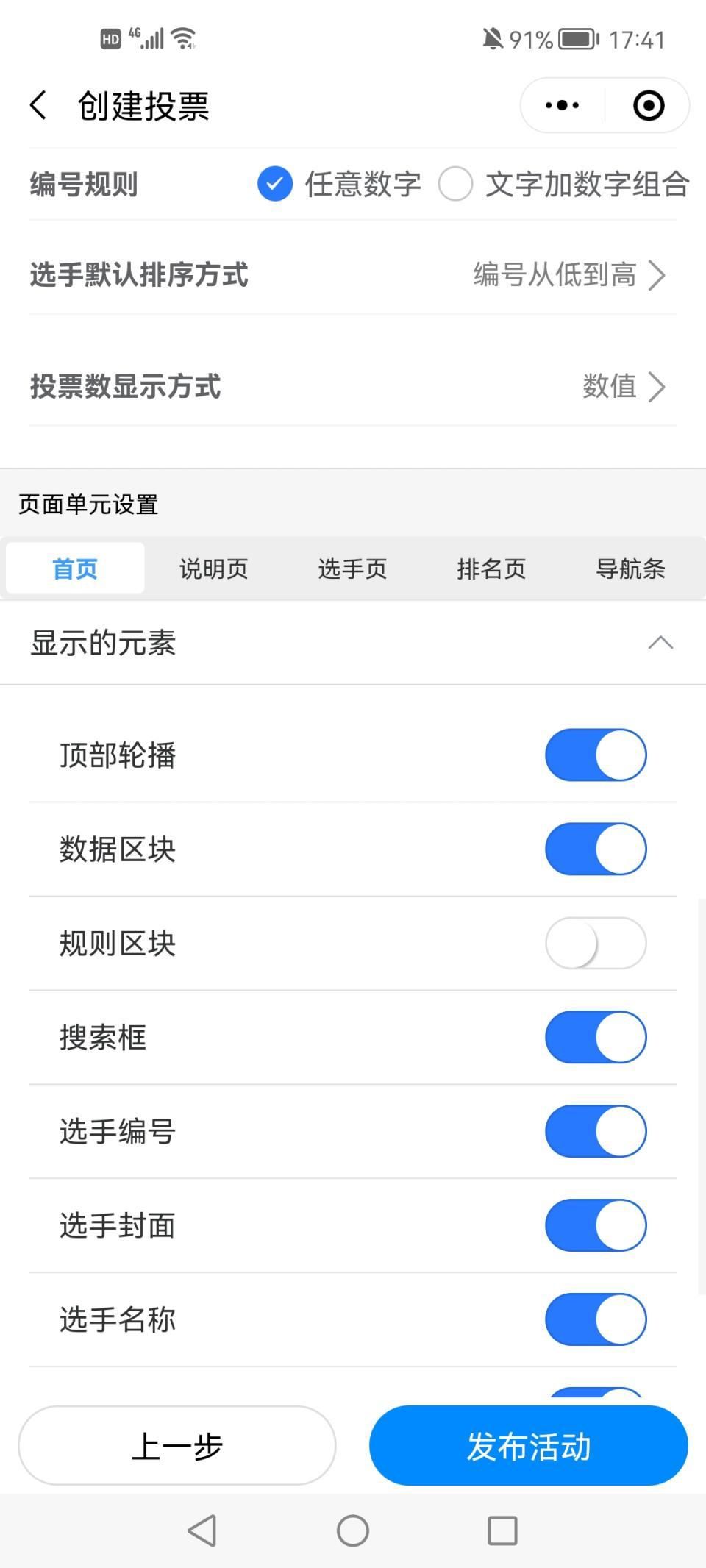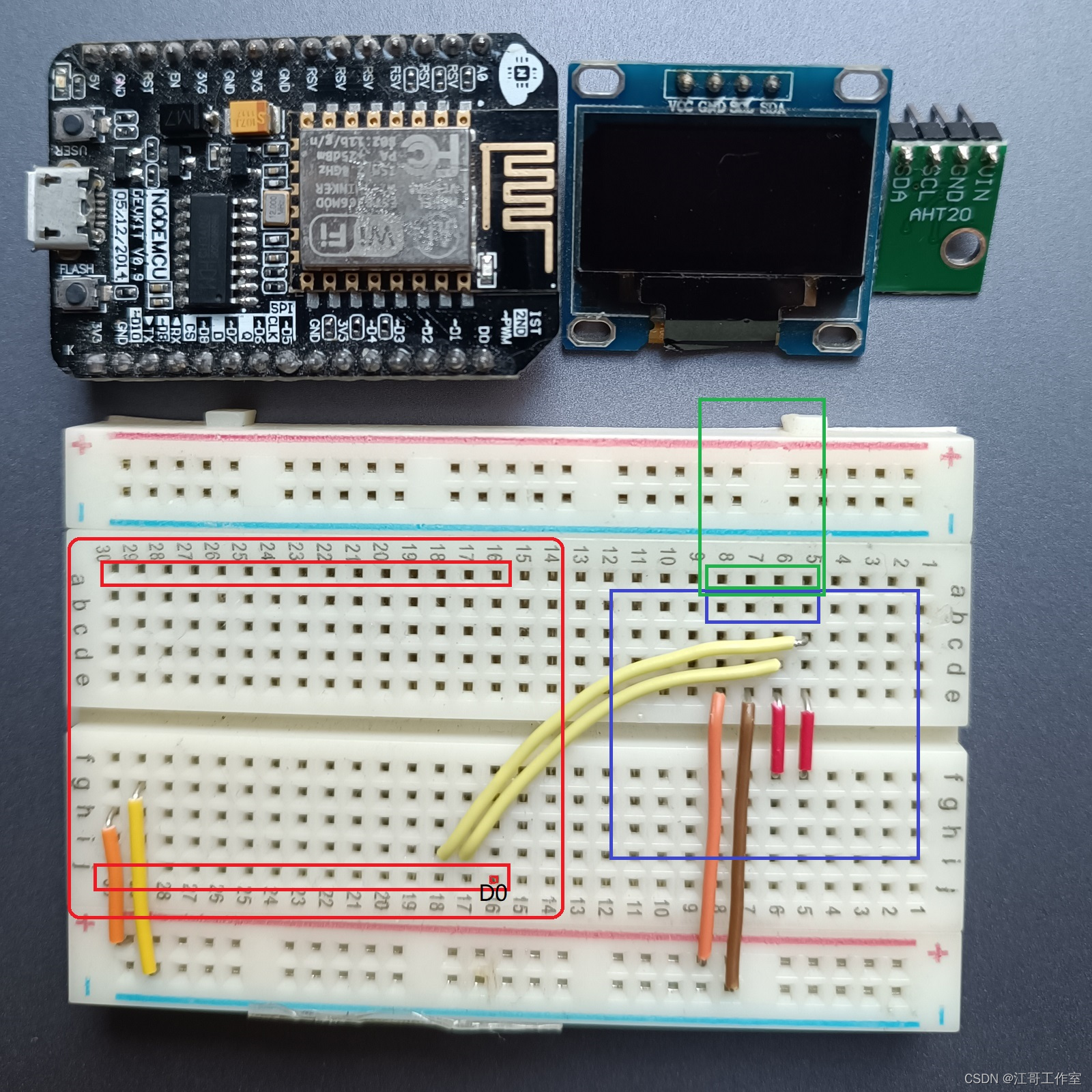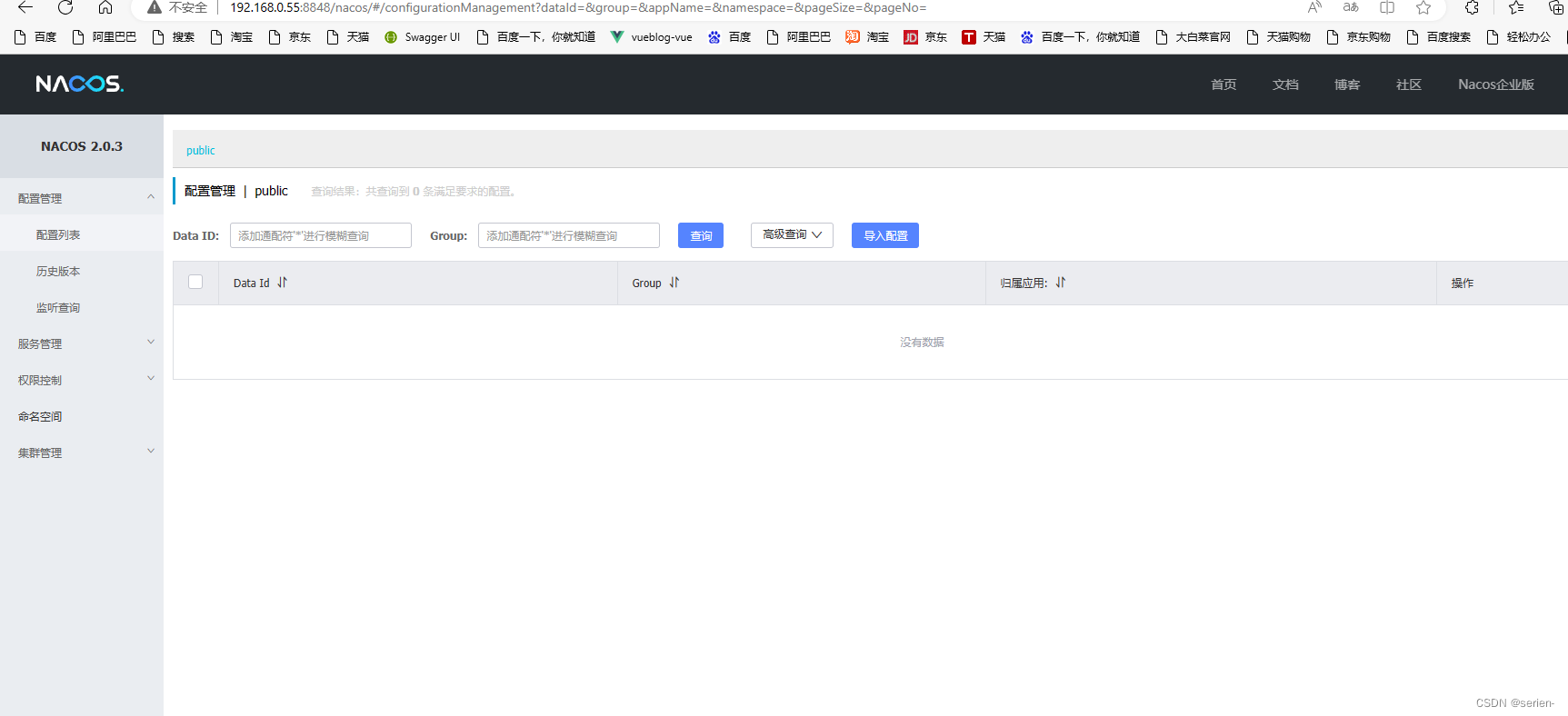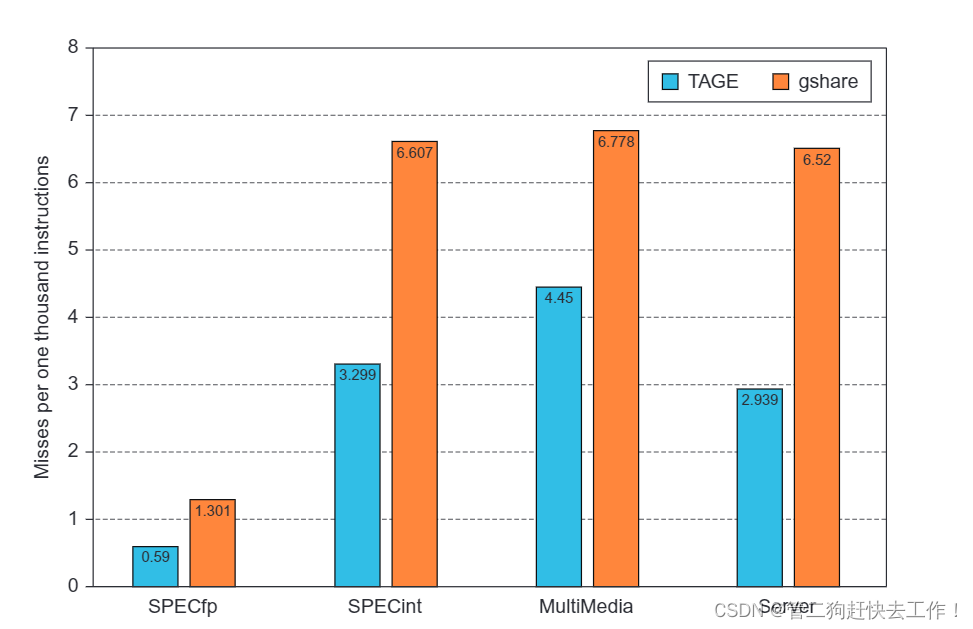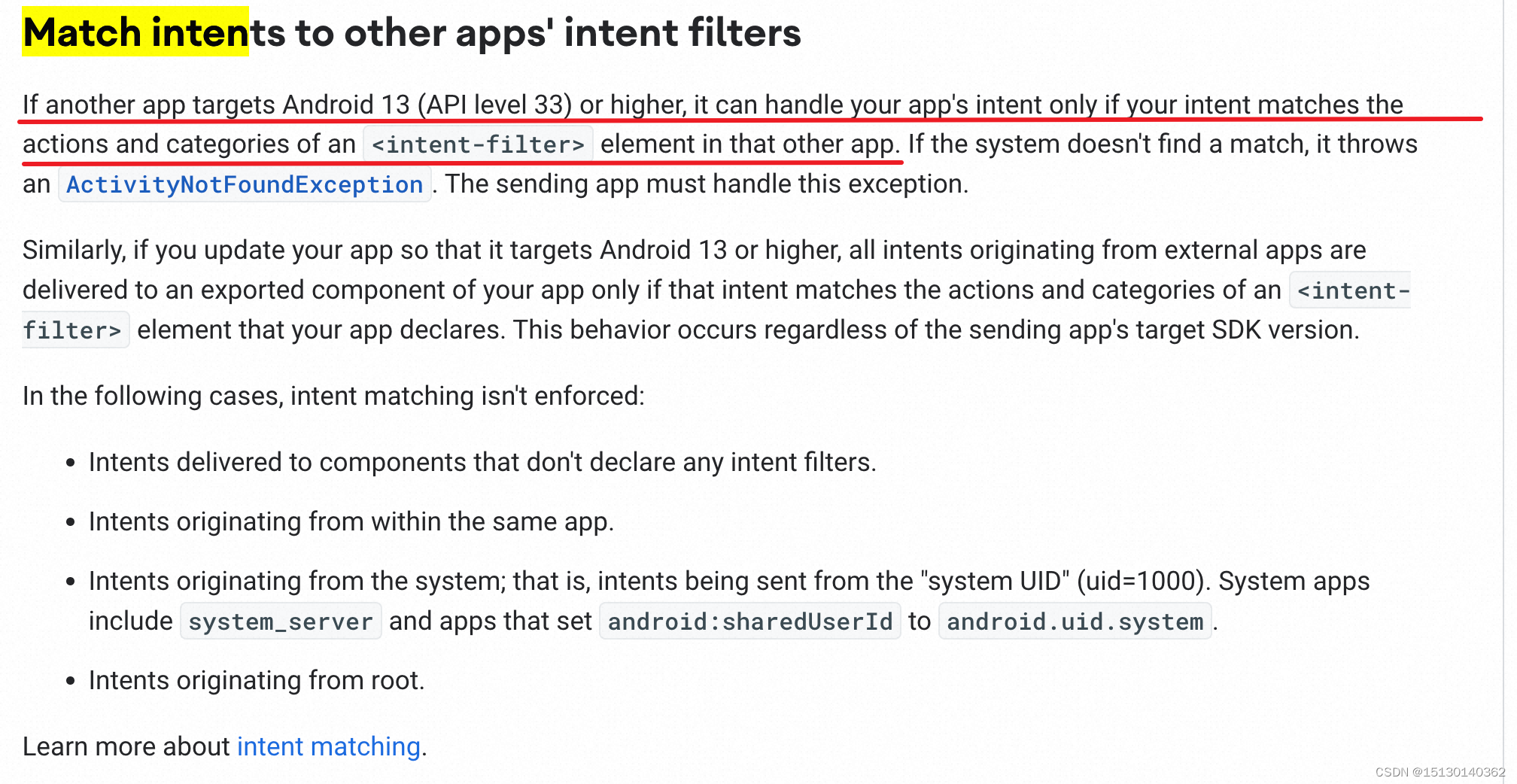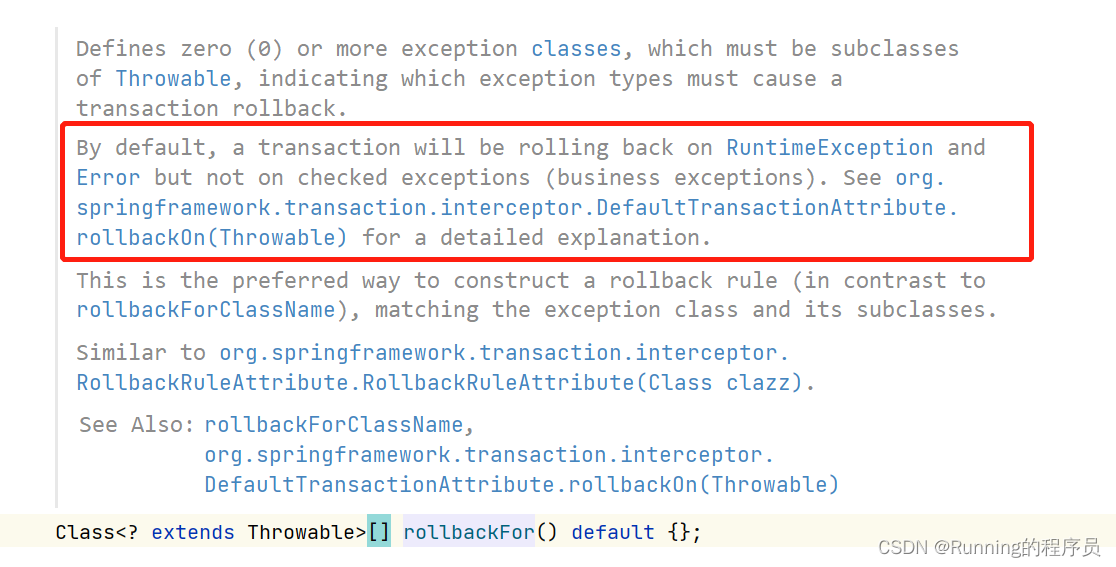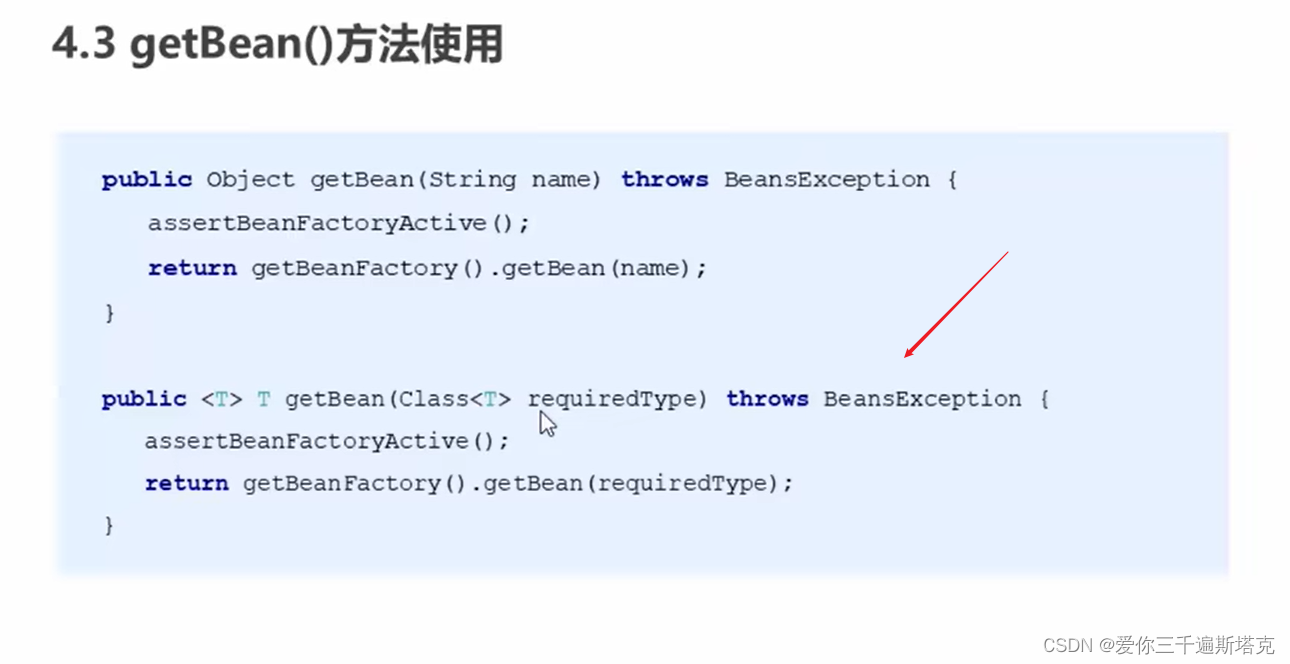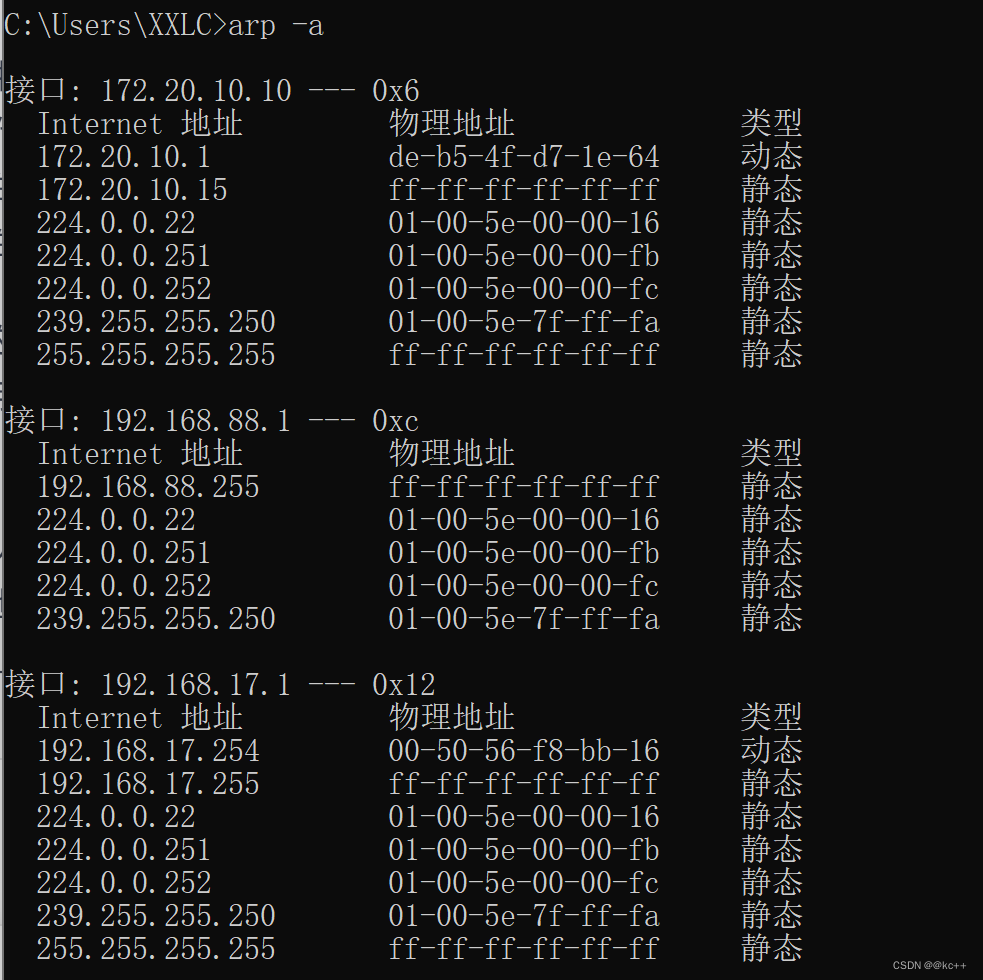java的单元测试框架Junit和TestNG,python里面也有单元测试框架-unittest,相当于是一个python版的junit。python里面的单元测试框架除了unittest,还有一个pytest框架,但是用的比较少
unittest注意点:
导入unittest模块
类名的第一个字母大写;
类要继承unittest.TestCase;
测试函数前必须加test,否则不会被当作测试用例来执行;
setUp()和tearDown()方法每个测试用例都会执行;
代码示例1:简单用法
#encoding=utf-8
import unittest
import random
class TestSequenceFunctions(unittest.TestCase):
def setUp(self):
# 初始化一个递增序列
self.seq = range(10)
print ("setup completed!")
def test_run(self):
# 从序列seq中随机选取一个元素
element = random.choice(self.seq)
# 验证随机元素确实属于列表中
self.assertTrue(element in self.seq)
def test_sth(self):
assert 1==1
def tearDown(self):
print ("tearDown completed")
class TestDictValueFormatFunctions(unittest.TestCase):
def setUp(self):
self.seq = list(range(10))
def test_shuffle(self):
# 随机打乱原seq的顺序
random.shuffle(self.seq)
self.seq.sort()
self.assertEqual(self.seq, list(range(10)))
# 验证执行函数时抛出了TypeError异常
self.assertRaises(TypeError, random.shuffle, (1, 2, 3))
if __name__ == '__main__':
unittest.main()
说明:
setUp:做初始化的工作,不是必须有这个函数
tearDown:清理的工作,不是必须有这个函数
unittest.main():将所有继承自unittest.TestCase的子类中的方法都执行
assertRaises();第一个参数表示抛出的异常类型,第二个参数是要执行的函数,第三个参数是函数传入的参数
代码示例2:初始化只执行一次的方法
#encoding=utf-8
import unittest
# 被测试类
class myclass(object):
@classmethod
def sum(self, a, b):
return a + b #将两个传入参数进行相加操作
@classmethod
def sub(self, a, b):
return a - b #将两个传入参数进行相减操作
class mytest(unittest.TestCase):
@classmethod
def setUpClass(cls):
"初始化类固件"
print ("----setUpClass")
@classmethod
def tearDownClass(cls):
"重构类固件"
print ("----tearDownClass")
# 初始化工作
def setUp(self):
self.a = 3
self.b = 1
print ("--setUp")
# 具体的测试用例,一定要以test开头
def testsum(self):
# 断言两数之和的结果是否是4
self.assertEqual(myclass.sum(self.a, self.b), 4, 'test sum fail')
def testsub(self):
# 断言两数之差的结果是否是2
self.assertEqual(myclass.sub(self.a, self.b), 2, 'test sub fail')
if __name__ == '__main__':
unittest.main() # 启动单元测试
说明:setUpClass()和tearDownClass()在每个类中只执行一次
代码示例3:按数字或字母顺序执行测试case
#encoding=utf-8
import unittest
from Calc import Calc
class MyTest(unittest.TestCase):
@classmethod
def setUpClass(self):
print ("单元测试前,创建Calc类的实例")
self.c = Calc()
# 具体的测试用例,一定要以test开头,执行顺序按照字母顺序开头
def test_0add(self):
print ("run add()")
self.assertEqual(self.c.add(1, 2, 12), 15, 'test add fail')
def test_1sub(self):
print ("run sub()")
self.assertEqual(self.c.sub(2, 1, 3), -2, 'test sub fail')
def test_2mul(self):
print ("run mul()")
self.assertEqual(Calc.mul(2, 3, 5), 30, 'test mul fail')
def test_3div(self):
print ("run div()")
self.assertEqual(Calc.div(8, 2, 4), 1, 'test div fail')
def test4(self):
print('not start with test')
if __name__ == '__main__':
unittest.main()# 启动单元测试说明:
测试用例(test_*)的执行顺序是根据1-2-3执行的,也就是说根据用例名称来顺序执行的,如果是字母开头的话同理
test4这个方法没有执行,说明测试用例只能以test开头
代码示例4:根据实际需要有跳过某些测试case
#encoding=utf-8
import random,sys,unittest
class TestSeqFunctions(unittest.TestCase):
a = 1
def setUp(self):
self.seq = list(range(20))
@unittest.skip("skipping")#无条件忽略此测试方法
def test_shuffle(self):
random.shuffle(self.seq)
self.seq.sort()
self.assertEqual(self.seq,list(range(20)))
self.assertRaises(TypeError,random.shuffle,(1,2,3))
@unittest.skipIf(a>5,"condition is not satisfied!")#如果a>5忽略此测试方法
def test_choice(self):
element = random.choice(self.seq)
self.assertTrue(element in self.seq)
#除非是linux平台,否则忽略此方法,win32是windows平台
@unittest.skipUnless(sys.platform.startswith("linux"),"requires Linux")
def test_sample(self):
with self.assertRaises(ValueError):
random.sample(self.seq, 20)
for element in random.sample(self.seq, 5):
self.assertTrue(element in self.seq)
if __name__=="__main__":
# unittest.main()
suite = unittest.TestLoader().loadTestsFromTestCase(TestSeqFunctions)
suite = unittest.TestSuite(suite)
unittest.TextTestRunner(verbosity = 2).run(suite)说明:
@unittest.skip("skipping")#无条件忽略此测试方法
@unittest.skipIf(a > 5, "condition is not satisfied!"):满足第1个参数指定的条件,则忽略该测试方法
@unittest.skipUnless(sys.platform.startswith("linux"), "requires Linux"):除非是第1个参数指定的条件,否则忽略此方法
没有使用unittest.main()是因为此种方式会将所有的测试类都执行,用unittest.TestLoader().loadTestsFromTestCase(TestSeqFunctions)指定执行的测试类
代码示例5:测试集组合
TestCalc.py:
#encoding=utf-8
import unittest
import random
from Calc import Calc
class TestCalcFunctions(unittest.TestCase):
def setUp(self):
self.c=Calc()
print ("setup completed!")
def test_sum(self):
self.assertTrue(self.c.add(1,2,3,4)==10)
def test_sub(self):
self.assertTrue(self.c.sub(100,20,30,40)==10)
def test_mul(self):
self.assertTrue(self.c.mul(1,2,3,40)==240)
def test_div(self):
self.assertTrue(self.c.div(100,10,2)==5)
def tearDown(self):
print ("test completed!")
def tearDown(self):
print ("tearDown completed")
if __name__ == '__main__':
unittest.main()unittest_suite.py
#encoding=utf-8
import random
import unittest
from TestCalc import TestCalcFunctions
class TestSequenceFunctions(unittest.TestCase):
def setUp(self):
self.seq = list(range(10))
def tearDown(self):
pass
def test_choice(self):
# 从序列seq中随机选取一个元素
element = random.choice(self.seq)
# 验证随机元素确实属于列表中
self.assertTrue(element in self.seq)
def test_sample(self):
# 验证执行的语句是否抛出了异常
with self.assertRaises(ValueError):
random.sample(self.seq, 20)
for element in random.sample(self.seq, 5):
self.assertTrue(element in self.seq)
class TestDictValueFormatFunctions(unittest.TestCase):
def setUp(self):
self.seq = list(range(10))
def tearDown(self):
pass
def test_shuffle(self):
# 随机打乱原seq的顺序
random.shuffle(self.seq)
self.seq.sort()
self.assertEqual(self.seq, list(range(10)))
# 验证执行函数时抛出了TypeError异常
self.assertRaises(TypeError, random.shuffle, (1, 2, 3))
if __name__ == '__main__':
# 根据给定的测试类,获取其中所有以“test”开头的测试方法,并返回一个测试套件
suite1 = unittest.TestLoader().loadTestsFromTestCase(TestSequenceFunctions)
suite2 = unittest.TestLoader().loadTestsFromTestCase(TestDictValueFormatFunctions)
suite3 = unittest.TestLoader().loadTestsFromTestCase(TestCalcFunctions)
# 将多个测试类加载到测试套件中
#通过调整suit2和suite1的顺序,可以设定执行顺序
suite = unittest.TestSuite([suite2, suite1,suite3])
# 设置verbosity = 2,可以打印出更详细的执行信息
unittest.TextTestRunner(verbosity = 2).run(suite)
代码示例6:unittest中的断言方法
#encoding=utf-8
import unittest,random
# 被测试类
class MyClass(object):
@classmethod
def sum(self, a, b):
return a + b
@classmethod
def div(self, a, b):
return a / b
@classmethod
def retrun_None(self):
return None
# 单元测试类
class MyTest(unittest.TestCase):
# assertEqual()方法实例
def test_assertEqual(self):
# 断言两数之和的结果
try:
a, b = 1, 2
sum = 3
self.assertEqual(a + b, sum, '断言失败,%s + %s != %s' %(a, b, sum))
except AssertionError as e:
print (e)
# assertNotEqual()方法实例
def test_assertNotEqual(self):
# 断言两数之差的结果
try:
a, b = 5, 2
res = 1
self.assertNotEqual(a - b, res, '断言失败,%s - %s != %s' %(a, b, res))
except AssertionError as e:
print (e)
# assertTrue()方法实例
def test_assertTrue(self):
# 断言表达式的为真
try:
self.assertTrue(1 == 1, "表达式为假")
except AssertionError as e:
print (e)
# assertFalse()方法实例
def test_assertFalse(self):
# 断言表达式为假
try:
self.assertFalse(3 == 2, "表达式为真")
except AssertionError as e:
print (e)
# assertIs()方法实例
def test_assertIs(self):
# 断言两变量类型属于同一对象
try:
a = 12
b = a
self.assertIs(a, b, "%s与%s不属于同一对象" %(a, b))
except AssertionError as e:
print (e)
# test_assertIsNot()方法实例
def test_assertIsNot(self):
# 断言两变量类型不属于同一对象
try:
a = 12
b = "test"
self.assertIsNot(a, b, "%s与%s属于同一对象" %(a, b))
except AssertionError as e:
print (e)
# assertIsNone()方法实例
def test_assertIsNone(self):
# 断言表达式结果为None
try:
result = MyClass.retrun_None()
self.assertIsNone(result, "not is None")
except AssertionError as e:
print (e)
# assertIsNotNone()方法实例
def test_assertIsNotNone(self):
# 断言表达式结果不为None
try:
result = MyClass.sum(2, 5)
self.assertIsNotNone(result, "is None")
except AssertionError as e:
print (e)
# assertIn()方法实例
def test_assertIn(self):
# 断言对象A是否包含在对象B中
try:
strA = "this is a test"
strB = "is"
self.assertIn(strB, strA, "%s不包含在%s中" %(strB, strA))
except AssertionError as e:
print (e)
# assertNotIn()方法实例
def test_assertNotIn(self):
# 断言对象A不包含在对象B中
try:
strA = "this is a test"
strB = "Selenium"
self.assertNotIn(strB, strA, "%s包含在%s中" %(strB, strA))
except AssertionError as e:
print (e)
# assertIsInstance()方法实例
def test_assertIsInstance(self):
# 测试对象A的类型是否值指定的类型
try:
x = MyClass
y = object
self.assertIsInstance(x, y, "%s的类型不是%s" %(x, y))
except AssertionError as e:
print (e)
# assertNotIsInstance()方法实例
def test_assertNotIsInstance(self):
# 测试对象A的类型不是指定的类型
try:
a = 123
b = str
self.assertNotIsInstance(a, b, "%s的类型是%s" %(a, b))
except AssertionError as e:
print (e)
# assertRaises()方法实例
def test_assertRaises(self):
# 测试抛出的指定的异常类型
# assertRaises(exception)
with self.assertRaises(ValueError) as cm:
random.sample([1,2,3,4,5], 6)
# 打印详细的异常信息
#print ("===", cm.exception)
# assertRaises(exception, callable, *args, **kwds)
try:
self.assertRaises(ZeroDivisionError, MyClass.div, 3, 0)
except ZeroDivisionError as e:
print (e)
# assertRaisesRegexp()方法实例
def test_assertRaisesRegexp(self):
# 测试抛出的指定异常类型,并用正则表达式具体验证
# assertRaisesRegexp(exception, regexp)
with self.assertRaisesRegexp(ValueError, 'literal') as ar:
int("xyz")
# 打印详细的异常信息
#print (ar.exception)
# 打印正则表达式
#print( "re:",ar.expected_regexp)
# assertRaisesRegexp(exception, regexp, callable, *args, **kwds)
try:
self.assertRaisesRegexp(ValueError, "invalid literal for.*XYZ'$", int, 'XYZ')
except AssertionError as e:
print (e)
if __name__ == '__main__':
# 执行单元测试
unittest.main()
说明:
assertEqual(first, second, msg=None):如果两个对象不相等,返回False,第三个参数个msg是遇到异常后自定义输出信息
常用方法:
assertEqual(first, second, msg=None):判断两个对象相等,first == second
assertNotEqual(first, second, msg=None):判断两个对象不相等,first != second
assertIn(member, container, msg=None):判断字符串是否包含,member in container
assertNotIn(member, container, msg=None):判断字符串不包含,member not in container
assertTrue(expr, msg=None):判断是否为真,expr is True
assertFalse(expr, msg=None):判断是否为假,expr is False
assertIsNone(self, obj, msg=None):判断是否为None, obj is None
assertIsNotNone(self, obj, msg=None):判断不为None, obj is not None
代码示例7:生成HTMLTestRunner测试报告
HTMLTestRunner用来生成HTML测试报告,是对python标准库unittest的一个扩展,使用前需要下载HTMLTestRunner.py文件,下载成功后放到…\python\Lib目录下:
python2下载地址:http://tungwaiyip.info/software/HTMLTestRunner.html
python3下载地址:http://pan.baidu.com/s/1dEZQ0pz
代码:
# coding=utf-8
import unittest
import HTMLTestRunner
import math
class Calc(object):
def add(self, x, y, *d):
# 加法计算
result = x + y
for i in d:
result += i
return result
def sub(self, x, y, *d):
# 减法计算
result = x - y
for i in d:
result -= i
return result
class SuiteTestCalc(unittest.TestCase):
def setUp(self):
self.c = Calc()
@unittest.skip("skipping")
def test_Sub(self):
print ("sub")
self.assertEqual(self.c.sub(100, 34, 6), 61, u'求差结果错误!')
def testAdd(self):
print ("add")
self.assertEqual(self.c.add(1, 32, 56), 89, u'求和结果错误!')
class SuiteTestPow(unittest.TestCase):
def setUp(self):
self.seq = range(10)
# @unittest.skipIf()
def test_Pow(self):
print ("Pow")
self.assertEqual(pow(6, 3), 2161, u'求幂结果错误!')
def test_hasattr(self):
print ("hasattr")
# 检测math模块是否存在pow属性
self.assertTrue(hasattr(math, 'pow1'), u"检测的属性不存在!")
if __name__ == "__main__":
suite1 = unittest.TestLoader().loadTestsFromTestCase(SuiteTestCalc)
suite2 = unittest.TestLoader().loadTestsFromTestCase(SuiteTestPow)
suite = unittest.TestSuite([suite1, suite2])
#unittest.TextTestRunner(verbosity=2).run(suite)
filename = "test.html" # 定义个报告存放路径,支持相对路径。
# 以二进制方式打开文件,准备写
fp = open(filename, 'wb')
# 使用HTMLTestRunner配置参数,输出报告路径、报告标题、描述,均可以配
runner = HTMLTestRunner.HTMLTestRunner(stream = fp,
title = u'测试报告', description = u'测试报告内容')
# 运行测试集合
runner.run(suite)说明:
import HTMLTestRunner:将模块导入
HTMLTestRunner.HTMLTestRunner(stream = fp,title = u'测试报告', description = u'测试报告内容'):使用HTMLTestRunner配置参数,输出报告路径、报告标题、描述
runner.run(suite):运行测试集合
代码示例8:运行当前目录下所有的测试模块
以文本方式运行:
以文本方式运行:
生成html报告:
#encoding=utf-8
import unittest
import HTMLTestRunner
if __name__ == '__main__' :
# 加载当前目录下所有有效的测试模块(以test开头的文件),“.”表示当前目录
testSuite = unittest.TestLoader().discover('.')
filename = "test.html" # 定义个报告存放路径,支持相对路径。
# 以二进制方式打开文件,准备写
fp = open(filename, 'wb')
# 使用HTMLTestRunner配置参数,输出报告路径、报告标题、描述,均可以配
runner = HTMLTestRunner.HTMLTestRunner(stream = fp,
title = 'Report_title', description = 'Report_description')
# 运行测试集合
runner.run(testSuite)🎁更多干货

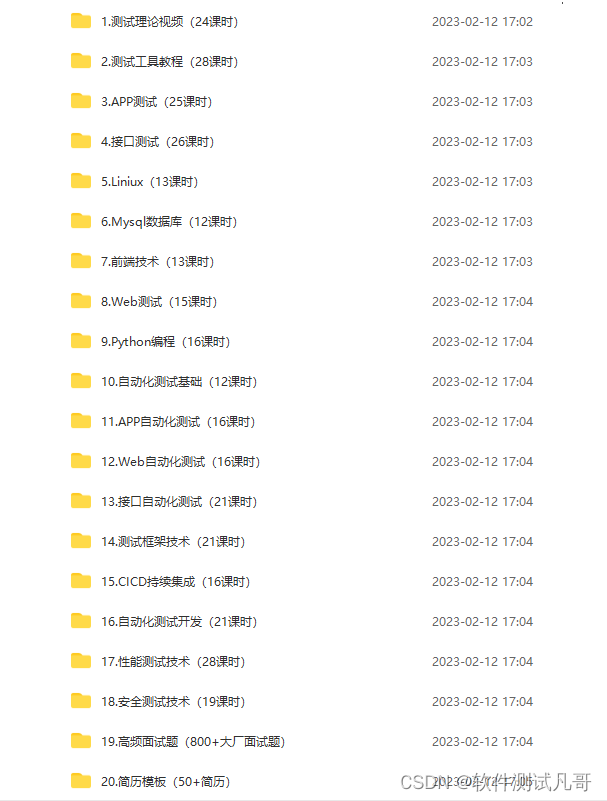
完整版文档下载方式:
这些资料,对于从事【软件测试】等相关工作的朋友来说应该是最全面最完整的备战仓库,这个仓库也陪伴我走过了最艰难的路程,希望也能帮助到你!以上均可以分享。
在评论区和我互动交流或者私❤我【软件测试学习】领取即可,拿走不谢。
如果我的博客对你有帮助、如果你喜欢我的博客内容,请 “👍点赞” “✍️评论” “💙收藏” 一键三连哦!
